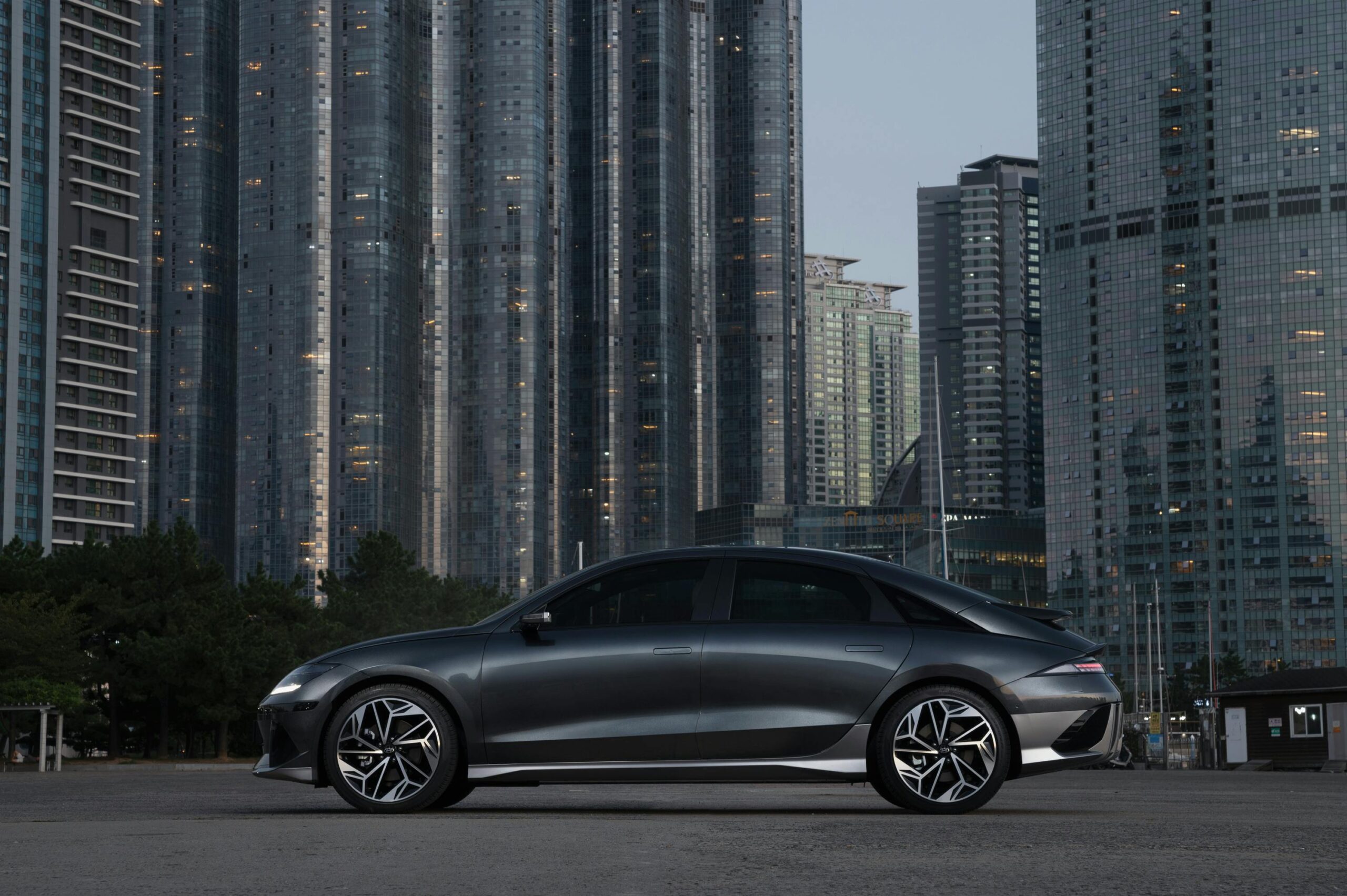As Japan accelerates its electric vehicle (EV) adoption, the next big step isn’t just charging cars—it’s using them to power the grid. Vehicle-to-Grid (V2G) technology allows EVs to return stored electricity to the power network, helping stabilize supply during peak demand or emergencies. This transforms EVs from passive consumers into active energy participants.
What is Vehicle-to-Grid (V2G)?
V2G is a smart energy system where EVs send unused electricity back to the grid when needed. For instance, a fully charged car parked during the day can provide electricity to nearby homes or businesses, especially during peak hours or natural disasters. It’s a two-way flow: the vehicle charges from the grid and gives back when necessary.
Japan’s V2G Push
Japan has long been a global leader in both EV development and disaster-resilient infrastructure. Major automakers like Nissan and Mitsubishi are investing in V2G-compatible vehicles and home battery systems. In partnership with utilities and local governments, pilot projects are already underway in Kanagawa, Kyoto, and Tohoku.
Key Benefits:
- Reduce pressure on the national grid during peak hours
- Enable renewable energy integration (e.g., solar or wind)
- Provide emergency backup during blackouts
- Lower electricity bills for EV owners
- Support carbon-neutral city initiatives
Challenges to Solve:
V2G adoption still faces regulatory hurdles, such as energy market rules, grid compatibility, and consumer incentives. Additionally, battery wear and long-term durability need to be carefully managed.
Career Opportunities in V2G:
- EV infrastructure development
- Smart grid and renewable energy integration
- Urban energy resilience planning
- Mobility-energy systems engineering
- Public policy and green tech strategy
As mobility and energy systems converge, professionals who understand both fields will lead the transformation. V2G is not just a technical innovation—it’s a glimpse into the future of how cities power themselves.
